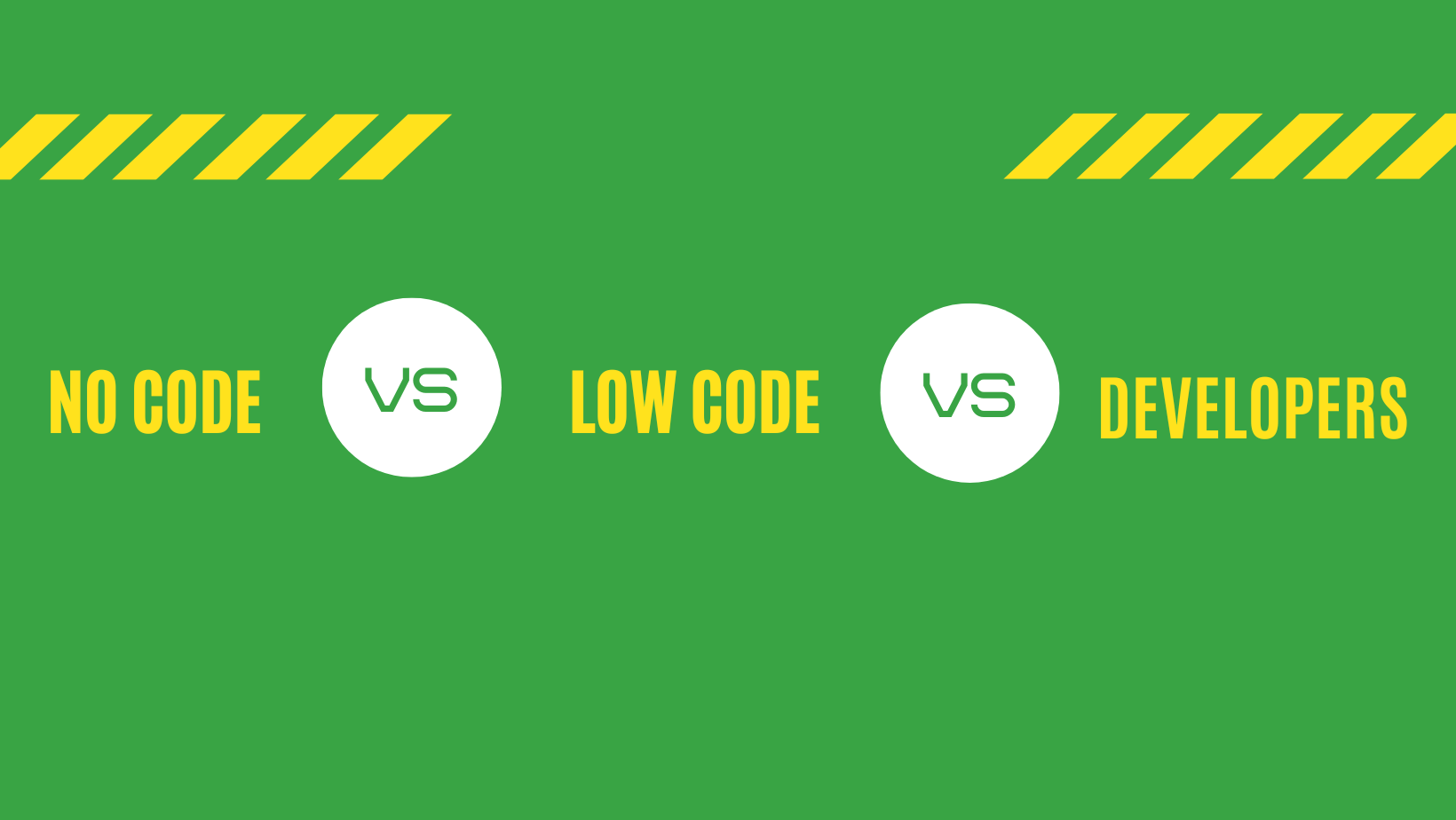- Tech Services

Concept Development
- Industry
- Emerging Tech
- Generative AI Hub
- Blog
- Contact Us

No Code Vs low code vs Developers
In Lets Nurture
30
Dec. 22724
VIEWSIn the world of app development, there are three main approaches that companies and individuals can take: low code, no code, and traditional developer-driven approaches. Each of these approaches has its own benefits and limitations, and the right choice for a given project will depend on a variety of factors.
Low code development refers to the use of platforms and tools that allow developers to build apps with minimal amounts of code. These platforms typically include drag-and-drop interfaces and pre-built modules that can be easily customized to meet the needs of a given project. Low code development is often faster and more efficient than traditional developer driven approaches, and it can be a good choice for projects with tight budgets and deadlines.
No code development takes the concept of low code development one step further by eliminating the need for code altogether. No code platforms allow users to build apps using only visual interfaces and pre-built modules, with no coding required. This approach is often even faster and more efficient than low code development, and it can be a good choice for non-technical users who want to build apps without the need for programming skills.
Traditional developer-driven approaches involve building apps using code written by professional developers. This approach allows for the greatest level of customization and flexibility, but it also requires a higher level of technical expertise and can be more time-consuming and costly than low code or no code approaches.
Ultimately, the right choice between low code, no code, and traditional developer-driven approaches will depend on the specific needs and goals of a given project. Low code and no code approaches are often the fastest and most efficient options, but they may not be suitable for all projects. Traditional developer-driven approaches offer the greatest level of customization and flexibility, but they may be more time-consuming and costly. It’s important to carefully consider the trade-offs between these approaches and choose the one that is best suited to the needs of your project.




